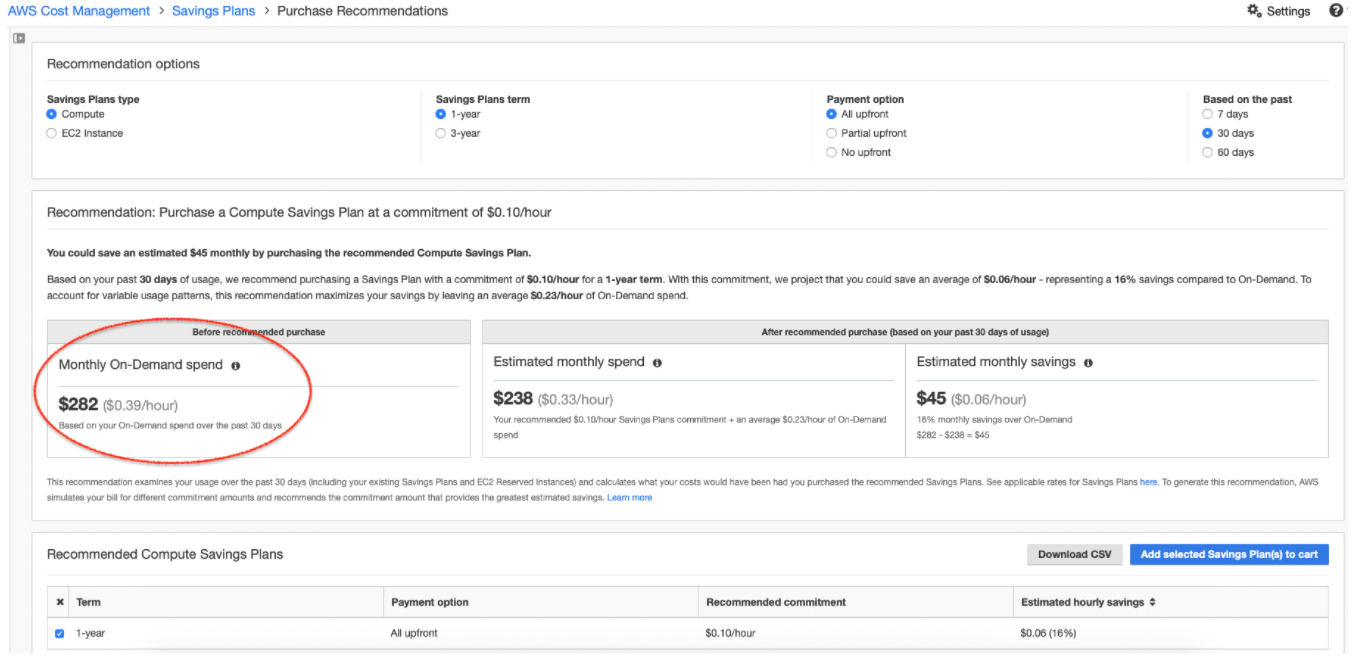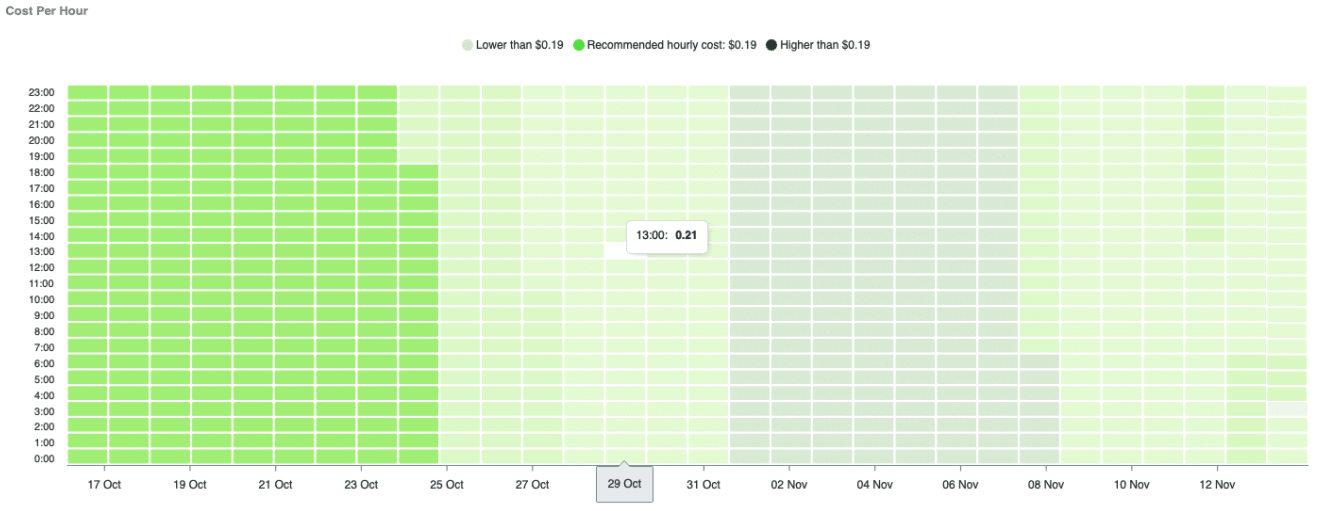Organizations using Amazon Web Services (AWS) cloud traditionally leveraged Reserved Instances (RI) to realize cost savings by committing to the use of a specific instance type and operating system within the AWS region.
Nearly 2 years ago, AWS rolled out a new program called Savings Plans, which give companies a new way to reduce costs by making an advanced commitment of a one-year or three-year fixed term.
Based on first impressions the immediate understanding was that saving money on your AWS would be significantly simpler and easier, due to the lowering of the customer’s required commitment.
The reality is the complete opposite. With Amazon’s Saving plans, it is significantly harder to manage your spending and lower your costs on AWS Plans, especially if you only rely on Amazon’s tools.
1. What are Savings Plans?
To understand why the new Saving Plans significantly complicate cloud cost management, it is necessary to briefly review the two savings plan options.
EC2 Compute Saving Plan
The EC2 Savings plan is just a Standard Reserved Instance without the requirement of having to commit to an operating system up front. Since changing an operating system is not routine, this has very little added value.
Compute Saving Plan
With this product Amazon has clearly introduced a new line. The customer no longer has to commit to the type of Compute he is going to use. You no longer have to commit to the type of machine, its size or even the region where the machine would run, these are all significant advantages.
In addition, Amazon no longer requires a commitment to the service that will use Compute. It does not have to be EC2, which means that when purchasing Compute Saving Plans, using Compute in EMR, ECS EKS clusters or Fargate can also be considered a guarantee and you will receive a discount.
In RI Convertible, to get a discount on a different server type, rather than the original server for which we purchased the RI an RI change operation was required. With the new Compute Plan, it is not necessary to make the change and the discount is automatically applied to the different types of servers.
The bottom line is that you commit to the hourly cost of computing time, however, you choose whether the commitment is for one or three years and how you want to pay i.e. prepayment, partial payment, or daily payment.
At this stage, it sounds like Compute Saving Plans would simplify and lower your costs, as the commitment is more flexible. However, as we stated above, the reality is much more complex.
2. Are Amazon’s Saving Plan Recommendations Right for Me?
Let’s start with the most trivial yet critical question, how do I know the optimal computing time for me? Amazon offers you recommendations of what your computing time costs should be and what they feel you should commit to buying from them.
It’s interesting that Amazon offers these recommendations considering they don’t share usage data with their users. So what is this recommendation based on? Amazon is recommending to their users to commit to spend hundreds of thousands of dollars a month without any real data or usage information to help users make an educated investment decision.
Usually when people commit to future usage they do so based on past usage data. The one thing that Amazon does allow you to do is choose a time period on which their recommendation will be based on.
For example, based on usage over the last 30 days of a sample account, Amazon recommended a spend of $ 0.39 per computing hour.
The IT manager can simply accept Amazon’s recommendation, but with no ability to check the data the resulting purchase could cost the company a significant amount of additional and unnecessary money.
In the example above, there was significant usage over the last 30 days, however a couple of weeks prior to this, there may have been a significant change, such as a reduction in server volume and/or a RI acquisition and therefore the recommendation here should have been particularly lower. This is even truer if Saving Plans had already been purchased and had earned an actual discount.
3. How do I know which savings plan is best for my company?
On this large and significant vacuum Anodot for Cloud Cost can provide a lot of value. Using Anodot, you can see your average hourly cost per day for the last 30 days. Since the Saving Plan estimate does not include the Compute hours already receiving an RI discount, Anodot only displays the cost of Compute on-demand.
It is also critical for a user who has already purchased and is utilizing Saving Plans to know how this impacts his costs before making any additional commitments. Anodot shows the actual cost of each individual computing hour over the last 30 days to enable educated decisions that can impact significant multi-year financial commitments.
Anodot utilizes its unique algorithm and analyses all your data to deliver customized recommendations on what will be the optimal computing time cost that you should actually commit to.
It is important to note that when purchasing a Compute Saving Plans, it is not possible to know at the time of purchase what your exact discount will be. The actual amount of the discount can be only estimated in all cases other than RI.
This uncertainty is due to an additional complexity that exists in Compute Saving Plans. Each type of server receives a different discount, so in practice the discounts that you receive depends on the type of server you actually run and if Amazon’s algorithm chooses to provide that type of server with the Saving Plan discounts offered.
Start Reducing Cloud Costs Today!
Connect with one of our cloud cost management specialists to learn how Anodot can help your organization control costs, optimize resources and reduce cloud waste.







